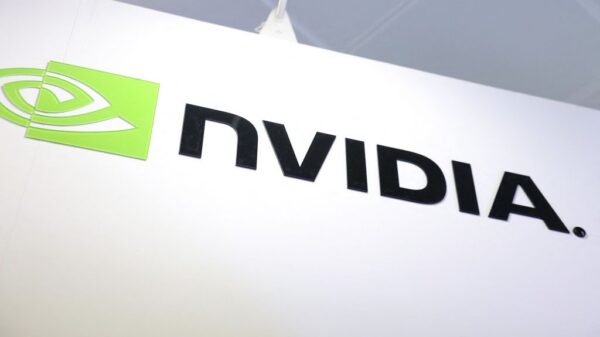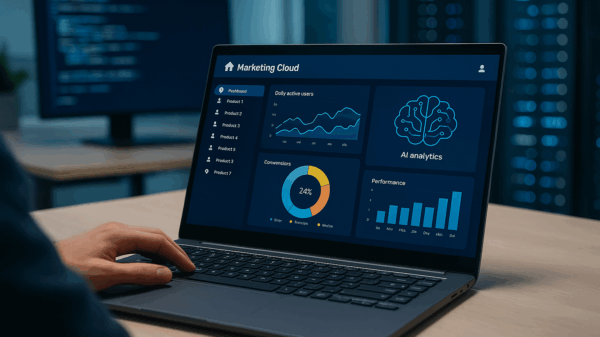In a striking demonstration of how artificial intelligence (AI) is reshaping business models, the fintech company Klarna has halved its workforce while simultaneously doubling its revenues over the past three years. This trend highlights the transformative power of AI technologies in optimizing operations and driving growth.
Klarna, known for its buy now, pay later (BNPL) services, reported revenue of $903 million for the third financial quarter of 2025, a significant increase from $433 million during the same period in 2022. Throughout this time, the total transaction volume processed by the company reached nearly $33 billion. However, this growth has come at a cost, as Klarna’s workforce has shrunk from approximately 5,500 to under 3,000 employees.
The fintech has been an early adopter of AI tools, particularly the enterprise version of ChatGPT. This integration began in 2023, allowing employees to leverage generative AI in their daily functions. As staff have left the company due to natural attrition, AI has increasingly filled the gap, effectively performing the work previously done by about 853 full-time employees, according to reports from The Guardian.
Klarna’s impressive results underscore an evolving narrative in the IT sector, where the correlation between workforce size and growth is becoming less pronounced. The company indicated in its financial results that “AI enhancing efficiency and our network expanding globally” positions it for sustainable, profitable growth. CEO and co-founder Sebastian Siemiatkowski characterized this moment as a significant shift, stating, “We’ve entered a new chapter – not just as a listed company on the New York Stock Exchange, but as the first truly global digital bank built for the world after AI.”
See also Nvidia Set to Announce Earnings; Stock Up 2% as AI Demand Soars Ahead of Report
Nvidia Set to Announce Earnings; Stock Up 2% as AI Demand Soars Ahead of ReportIn an interview with Bloomberg Television in October, Siemiatkowski expressed concerns that the world is underprepared for AI’s impact on employment. He noted a “massive shift coming to knowledge work,” calling for greater awareness among industry leaders.
Klarna’s projections are equally optimistic, with expectations for revenue in the next quarter to exceed $1 billion. Established in 2005, the company initially focused on managing online retailers’ credit risks, allowing consumers to pay for their purchases after receiving the goods. In 2017, Klarna received a full European Union-wide banking license from Finansinspektionen, the Swedish Financial Supervisory Authority. At that point, the company was valued at $2.25 billion, a figure that has soared to approximately $17 billion today.
A defining moment for Klarna came with the introduction of its app feature that enables users to split payments for online purchases into installments—a service now widely recognized as BNPL. This functionality was rolled out in the UK in 2021 after earlier success in Sweden and other markets such as Australia and the US. Chris Skinner, a fintech expert and CEO of The Finanser, noted that Klarna essentially “invented BNPL,” though he cautioned that the company faces increasing competition from larger financial institutions and tech giants, including Apple.
Recent statistics reinforce the growing adoption of BNPL services; UK Finance reported that 25% of UK adults utilized BNPL services in 2024, an increase from 14% in 2023. Skinner pointed out that despite Klarna’s pioneering role in this space, it now must contend with a landscape filled with more formidable competitors who are rapidly encroaching on its market share.
As Klarna navigates these challenges, its trajectory serves as a noteworthy case study in the intersection of AI and fintech, spotlighting the delicate balance between innovation and competition in an ever-evolving industry.








































































